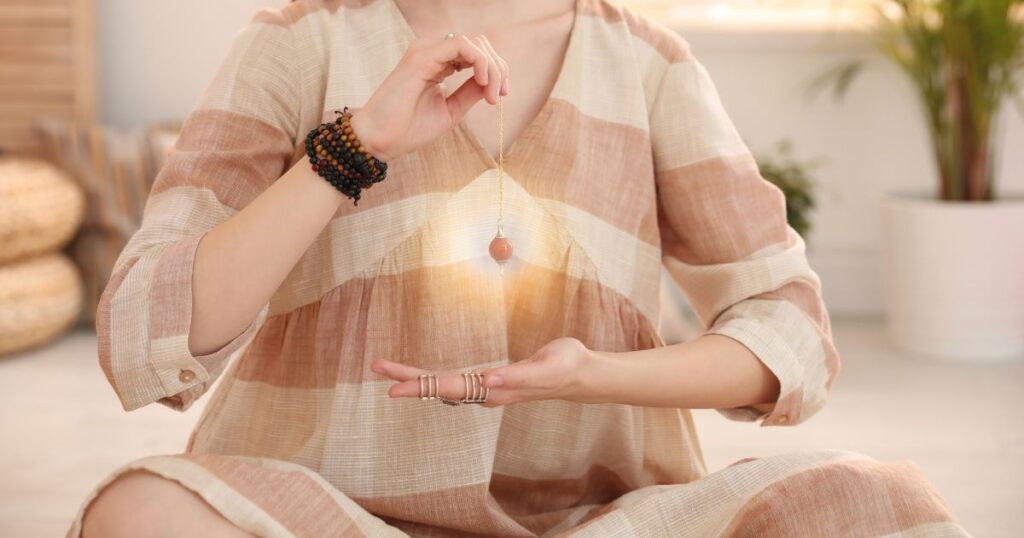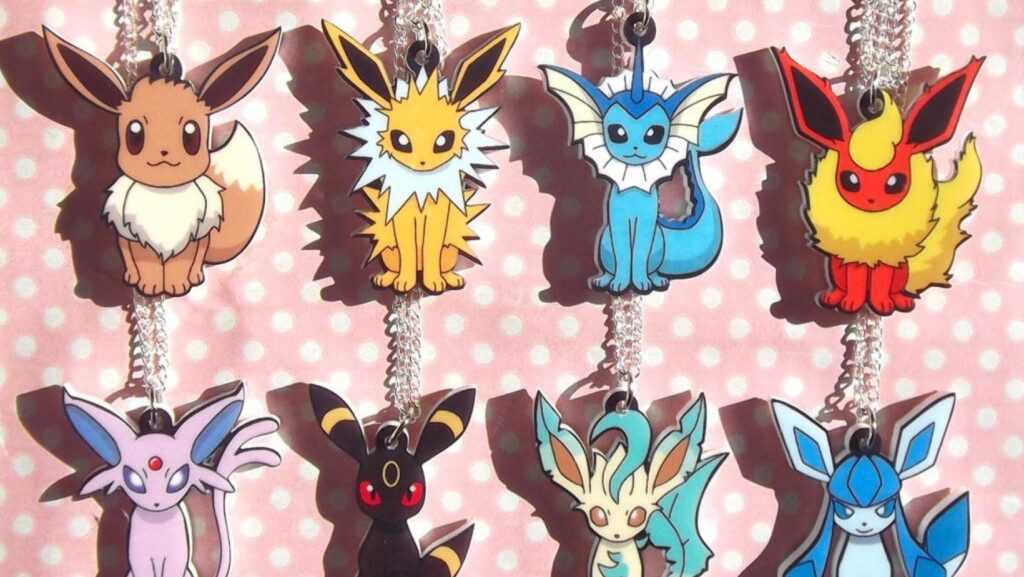Art has always been a source of comfort and expression for people of all backgrounds. Whether through painting, sculpture, music, or other forms of creativity, art allows individuals to tap into a part of themselves that words often cannot reach. In recent years, there has been growing recognition of art’s power not just to inspire but to heal. Studies have shown that engaging in creative activities can positively impact mental health, emotional well-being, and social connectivity. This article delves into the transformative effects of art, exploring how it facilitates emotional healing, sharpens cognitive skills, and helps to build strong communities.
Through art, people are finding ways to manage stress, improve mental clarity, and build meaningful connections. Let’s explore the profound impact creativity can have on emotional health, cognitive functioning, and social bonds, and how incorporating creative practices into daily life can enhance overall well-being.
Emotional Healing Through Art
Art has a unique ability to touch emotions and facilitate healing, especially when words fail. Engaging in creative expression allows individuals to channel complex feelings in a productive, safe way. Whether through painting, sculpting, or drawing, art provides a non-verbal outlet for emotions that may be too overwhelming to speak out loud. Creating art allows people to process emotions such as grief, anger, or anxiety while nurturing a sense of self-awareness and reflection. Many therapists now incorporate art into their practices, acknowledging that the act of creation can be deeply therapeutic for their patients.
One powerful way art is used in emotional healing is through unique custom paint by number artwork. These projects provide structured guidance, allowing individuals to focus on a specific task while creating something meaningful. The sense of accomplishment from completing such projects can also boost self-esteem and offer a sense of control, especially for those experiencing uncertainty or emotional distress.
Art as a Coping Mechanism
Art offers a healthy outlet for managing stress and emotional turmoil. For example, when someone experiences grief, painting or drawing can provide a way to externalize emotions, making them feel more manageable. Many who face chronic stress, depression, or trauma find solace in artistic creation, as it helps reduce feelings of helplessness and encourages mindfulness.
Emotional Regulation Through Creativity
Art fosters mindfulness by drawing focus away from distressing thoughts and onto the creative process. The act of choosing colors, shapes, or designs promotes emotional regulation, allowing individuals to channel intense feelings in a productive manner. Additionally, art gives individuals the opportunity to reflect on their emotions and experiences from a new perspective, which can lead to deeper emotional clarity.
Cognitive and Mental Health Benefits of Creative Activities
The cognitive benefits of creating art are vast and well-documented. Engaging in artistic activities stimulates different areas of the brain, sharpening mental clarity, improving focus, and enhancing cognitive development. Creative endeavors activate parts of the brain responsible for problem-solving, memory retention, and critical thinking, all of which are essential for maintaining mental agility.
Art-making also reduces stress and promotes relaxation, helping to lower cortisol levels. When people engage in creative activities, they often enter a state of “flow,” a mental state in which they are fully immersed in the task at hand. This focused attention reduces feelings of anxiety and promotes a sense of calm and contentment, leading to improved mental well-being.
Enhancing Memory and Cognitive Function
For older adults, participating in art activities can significantly improve cognitive function and memory. Research shows that engaging in creative activities can help delay the onset of age-related cognitive decline, including conditions like dementia. Activities such as drawing, painting, or even crafting encourage the formation of new neural pathways, supporting the brain’s natural plasticity and ability to adapt.
Promoting Problem-Solving and Creative Thinking
Art also encourages innovative thinking and problem-solving. When faced with a blank canvas or a new artistic challenge, individuals learn to think creatively and explore solutions beyond conventional logic.

This mindset fosters out-of-the-box thinking and enhances the brain’s ability to tackle complex problems. Whether it’s through abstract art or more structured forms of creativity like sculpture, creativity builds cognitive resilience.
The Role of Art in Mental Relaxation
In addition to cognitive benefits, art is a powerful tool for mental relaxation. Many people find that engaging in creative activities, whether drawing or painting, provides an escape from daily stresses. It encourages individuals to focus on the present moment, offering a much-needed break from mental strain. By giving the brain an opportunity to rest and reset, art can reduce mental fatigue and enhance overall well-being.
Social and Community Building Through Art
Art has a remarkable ability to connect people, foster community, and bridge social divides. Through group art projects, collaborative exhibitions, and public art displays, individuals from all walks of life can find common ground in creative expression. Art is a universal language that transcends cultural barriers and brings people together in shared experiences, offering a sense of belonging and social cohesion.
One form of communal art that fosters connectivity is cityscape artwork, often seen in public spaces or collaborative community murals. These artistic endeavors not only beautify environments but also invite the public to engage in a shared creative process. Working together on large-scale pieces can create a strong sense of community pride and unity, fostering deeper connections among participants.
Strengthening Social Bonds Through Collaborative Art
Collaborative art projects, whether through group classes or public installations, encourage individuals to work together toward a common goal. These activities promote communication, cooperation, and mutual respect, offering a unique way for people to connect. By collaborating on an artistic project, participants can strengthen their social bonds and foster a sense of belonging, which is essential for emotional and mental well-being.
Cultural Expression and Social Inclusion
Art also plays a crucial role in cultural expression and inclusivity. Through community art projects, people from diverse backgrounds can share their unique stories and traditions. This creates a space for cultural exchange and understanding, breaking down social barriers and promoting inclusivity. Whether through murals, photography, or cityscape artwork, these creative efforts allow communities to showcase their shared heritage and values.
Art as a Tool for Social Healing
In communities facing challenges such as social division, poverty, or violence, art can be used as a tool for social healing. Art initiatives in such areas have been shown to reduce tension, promote dialogue, and rebuild trust.

By offering a platform for expression and collaboration, creative activities help people navigate and overcome social challenges, fostering peace and mutual understanding.
Conclusion
Art’s influence on well-being goes far beyond the confines of therapy rooms, galleries, or studios. It’s a form of expression that allows us to make sense of our inner world while connecting to those around us in meaningful ways. As we navigate the complexities of modern life, art offers a space for reflection, growth, and healing that is both deeply personal and profoundly collective. Whether it’s through a quiet moment of creation or a shared community project, art challenges us to be present, to think creatively, and to embrace the full spectrum of human experience. By making space for creativity in our lives, we don’t just enhance our well-being—we cultivate a deeper understanding of ourselves and the world we live in. In this way, art doesn’t just heal; it empowers.



